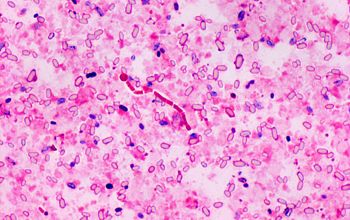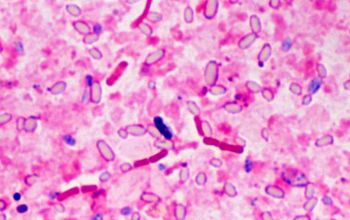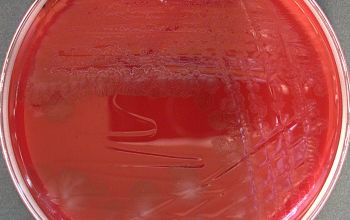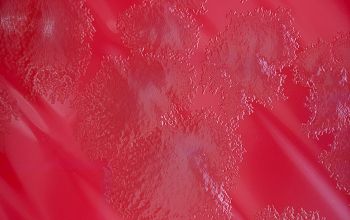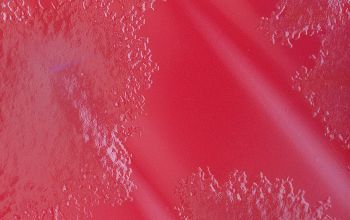Clostridium butyricum
-
General information
Taxonomy
Family: Clostridiaceae
Natural habitats
Spores are widely distributed in soil, aquatic habitats, cheese, naturally soured milk, human feces (including healthy infants).
Clinical significance
Pathogenicity unknown.
Isolated from blood, urine, lower respiratory tract, pleural cavity, abdomen, wounds, and abscesses.
-
Gram stain
Gram positive rods, (Gram negative in old culture),
0.5-1.7 x 2.4-7.6 µm,
with rounded ends, occur singly, in pairs, or in short chains, occasionally as long filaments.
Spores oval / central or subterminal
Swelling of the cell negative
-
Culture characteristics
-
Obligate anaerobic
BBAØ: colonies are large, 1-6 mm, circular to irregular, raised to convex, translucent, gray-white, shiny or dull, smooth, with a granular or mottled internal structure.
Nonhemolytic.
-
-
Characteristics
-
References
James Versalovic et al.(2011) Manual of Clinical Microbiology 10th Edition
Karen C. Carrol et al (2019) Manual of Clinical Microbiology, 12th Edition

